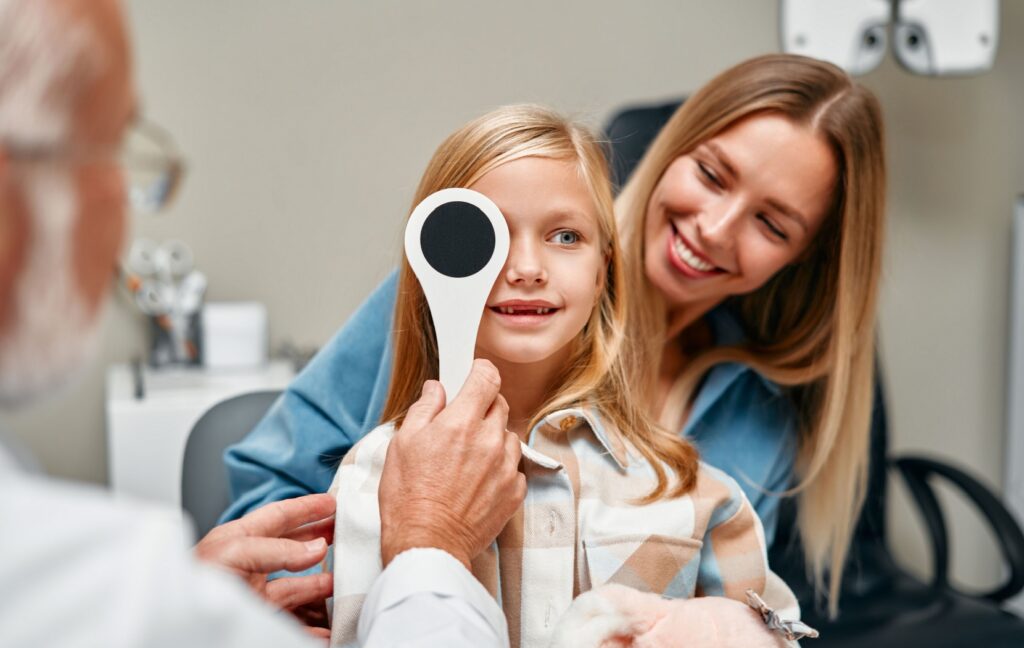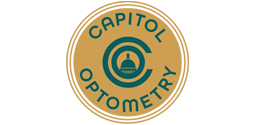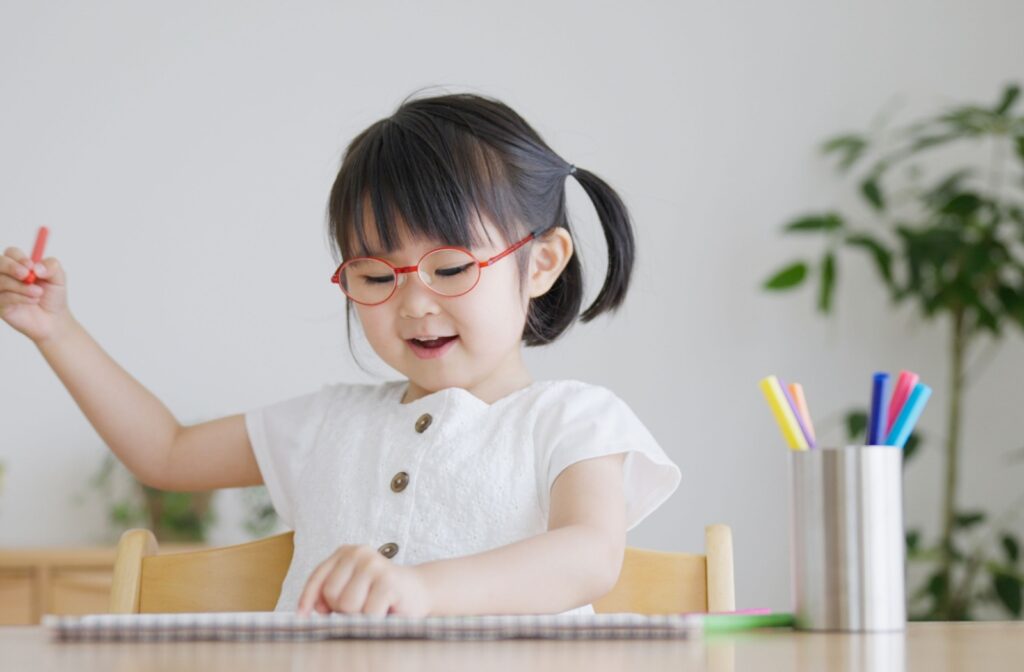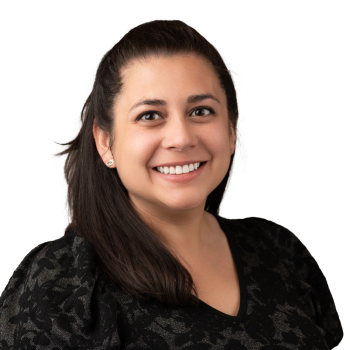As a parent, you want to give your child the best possible start in life. You schedule regular checkups, ensure they eat nutritious meals, and make sure they get plenty of sleep. But there’s one aspect of your child’s health that often gets overlooked until problems arise: eye exams.
Children’s eyes develop rapidly during their early years, making regular eye exams crucial for detecting issues before they impact learning, development, and quality of life. Your child should have their first eye exam when they are 6-12 months old, another when they are 3-5 years old, and then one every year from ages 6-17.
The Importance of Early Eye Care
Your child’s vision plays a fundamental role in their overall development. Clear sight supports learning, social interactions, and self-confidence. When vision problems go undetected, they can significantly impact your child’s ability to succeed in school and participate fully in activities they enjoy.
Many eye conditions will have no obvious symptoms in their early stages, which is why regular comprehensive eye exams are so important. Unlike basic vision screenings at school or the pediatrician’s office, a thorough eye exam by an optometrist can detect subtle issues that might otherwise go unnoticed.
When Should Your Child Get Eye Exams?
The timing of eye exams depends on your child’s age and individual risk factors. Here are the key milestones to keep in mind:
Infants (6 to 12 Months)
Your baby’s first comprehensive eye exam should occur between 6 and 12 months of age. This might seem surprisingly early, but optometrists have specialized techniques for examining infants’ eyes without requiring verbal responses or cooperation.
During this first exam, we will check for proper eye development, alignment, and movement. We’ll also look for any structural abnormalities or early signs of conditions that could affect vision development.
Toddlers (3 to 5 Years)
The next important milestone falls between ages 3 and 5. At this stage, your child is typically more cooperative and can participate in simple vision tests. Our eye doctor can assess visual acuity, depth perception, and color vision while checking for common childhood eye conditions.
This exam is important because it occurs before your child starts school, allowing time to address any issues that could interfere with learning.
School-Age Children (6 Years & Older)
Once your child enters school, annual comprehensive eye exams become essential. The visual demands of reading, writing, and computer work increase significantly, making clear vision more important than ever.
Regular exams help monitor your child’s vision as they grow and can identify problems that may affect academic performance or participation in sports and other activities.
What Happens During a Children’s Eye Exam?
Children’s eye exams are designed to be comfortable and engaging. Understanding what to expect can help both you and your child feel more at ease.

Initial Assessment
The appointment begins with a discussion about your child’s medical history and any concerns you might have noticed. Our eye doctor will ask about family history of eye problems, any injuries or infections, and your child’s general health.
Age-Appropriate Vision Tests
Visual acuity tests are adapted to your child’s age and development level. Younger children might identify pictures or shapes, while older children can read letters on a standard eye chart. These tests measure how well your child can see at different distances.
Comprehensive Eye Health Evaluation
Using specialized equipment, our eye doctor examines the internal and external structures of your child’s eyes. This evaluation can detect early signs of conditions like amblyopia, strabismus, or refractive errors before they become more serious problems.
Common Childhood Eye Conditions
Several eye conditions are particularly common in children, making early detection and treatment crucial:
Amblyopia (Lazy Eye)
Amblyopia occurs when one eye doesn’t develop normal vision, often because the brain favors the stronger eye. This condition affects approximately 2-3% of children and can lead to permanent vision loss if left untreated.
Strabismus (Crossed Eyes)
Strabismus is a condition where the eyes don’t align properly. One eye may turn inward, outward, upward, or downward while the other focuses normally. This misalignment can affect depth perception and may lead to amblyopia if not treated.
Refractive Errors
Nearsightedness (myopia), farsightedness (hyperopia), and astigmatism are common refractive errors that can significantly impact your child’s vision and academic performance.
Preparing Your Child for an Eye Exam
A few simple steps can help make your child’s eye exam a positive experience:
Explain the Process
Talk to your child about what will happen during the exam using simple, reassuring language. You might say, “The doctor will ask you to look at some pictures and lights to make sure your eyes are healthy and strong.”
Choose the Right Time
Schedule the appointment when your child is typically well-rested and in a good mood. A tired or hungry child is more likely to be uncooperative during the exam.
Make It Positive
Frame the visit as something special rather than something to worry about. Bring a favorite toy or book to help your child stay calm while waiting.
Signs Your Child May Need an Eye Exam Sooner
While regular checkups are important, certain signs may indicate your child needs an eye exam before their next scheduled appointment:
- Frequent eye rubbing or blinking
- Squinting or closing one eye
- Difficulty with reading or schoolwork
- Complaints of headaches or eye strain
- Sitting too close to the TV or holding books very close
- Covering one eye while reading
- Tilting their head to see better
Your Next Steps
Regular eye exams are an investment in your child’s future success and well-being. By following recommended exam schedules and staying alert to potential vision problems, you can help support your child’s eye health. Ready to schedule your child’s comprehensive eye exam? Contact Capitol Optometry today. Our experienced team understands how to make children feel comfortable during their visits while providing thorough, professional care.




